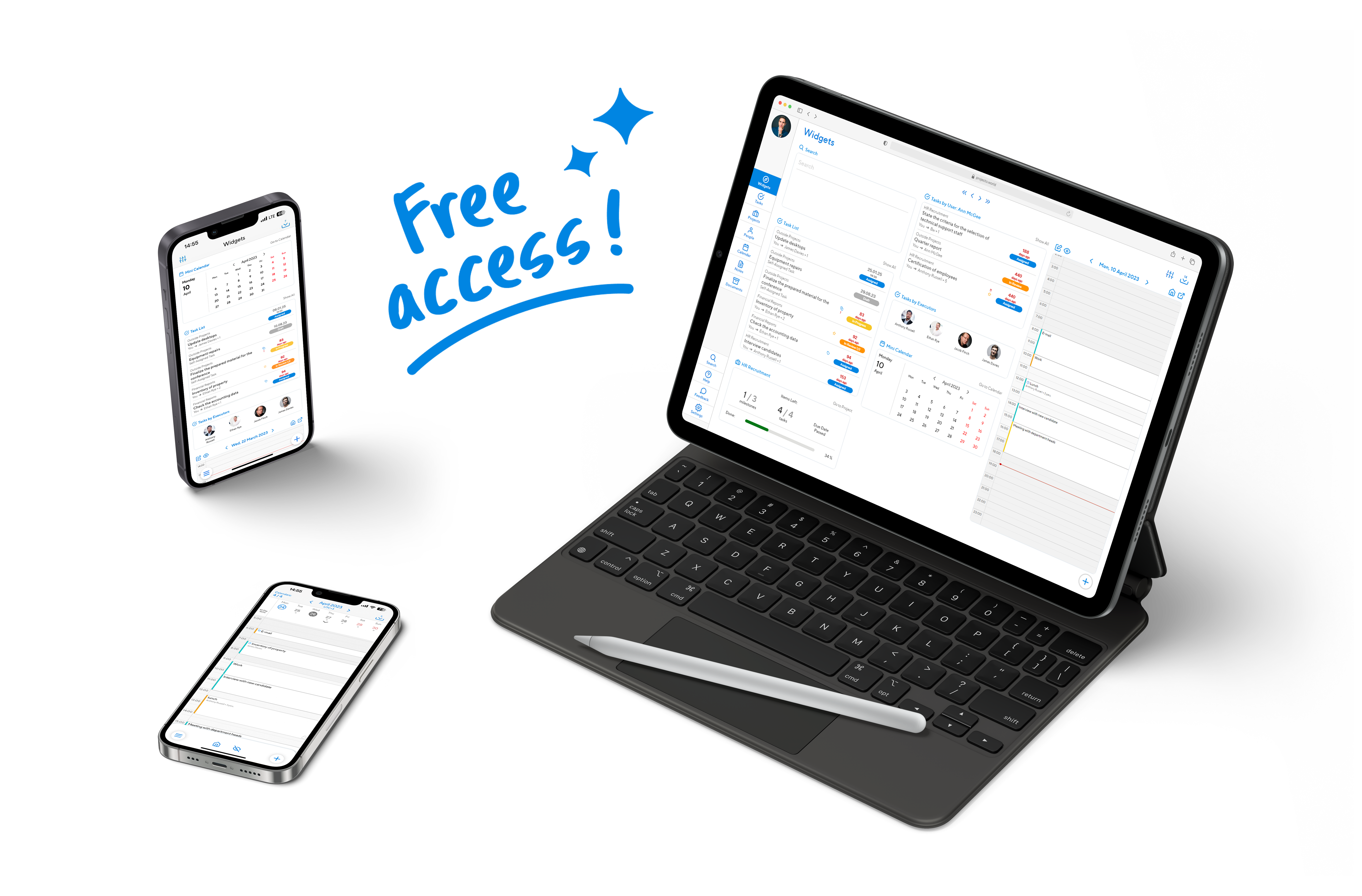The systematic transition to an electronic data intercharge greatly facilitates the work of enterprises. Too much useless information is stored in paper form.
Paper data is difficult to read. It is difficult and time-consuming to find the information you need, even in a cataloged archive. Files and folders take up a lot of space, they may spoil over time, and they are also a potential fire hazard because they are easily ignited and burn well.
However, some companies and departments did not perceive EDI as they should. Therefore, one can still encounter situations where electronic documents are printed out, signed on a physical medium, scanned, sent electronically to the responsible person, then printed out again and signed/approved, scanned again, and so on.
At the same time, the paper-based workflow is even more stressful, as paper costs are multiplied. And data in electronic form has the same problems as in the physical workflow — it is difficult to index, as scanned information is not readable.
7 tips for getting rid of paper media
If you get the point and want to really reduce paperwork in your office or company, here are 7 practical advices.
- Switch to real EDI systems. So that everything is for real — with EDS and encryption. But it must be realized that the introduction of such products at an enterprise must really be justified (we recommend taking and calculating the benefits of using them). Implementation and purchase of licenses of commercial EDI systems will be unaffordable for small and micro-businesses. Their use for small teams is not expedient at all.
- Automate your business processes. You will be surprised, but many paper documents will disappear by themselves. Why write memos to the director about the purchase of consumable material, get them approved by the relevant deputies and go through 9 circles of hell to justify the need, if a special system generates requests automatically?
- Increase the level of workplace equipment. It is common to see IT equipment in a company that is below par. This is often because older managers simply don’t know how to use computers. Sometimes this approach is also covered by the words ‘it used to be easier/better’, ‘there is no need to change anything, since it works as it is’, and so on.
- Analyze and optimize the interaction of individual specialists with each other. In most cases, relations between employees are reduced to paper exchange with a high level of bureaucracy. The higher the responsibility, the more important it is to have some kind of physical confirmation of actions, such as applications, reports, and others. But you need to realize that this is not always justified. Reports for the sake of reports are not the way. A lot of routines can be painlessly transferred into electronic format.
- Use profiled communication tools. Why document meetings and discussions, take minutes, and so on, when you can implement task managers like Projecto to convert everything into a convenient digital format.
- Replace diaries and reports with special software. You will get rid of an unrealistic amount of paperwork in circulation: setting and controlling assignments, keeping a list of operational tasks, planning, schedules of employees and managers, and much more. All this can be placed in a cloud database. And access to the required information will be distributed based on policies and rules defined in the settings.
- Transfer accounting into electronic form. Wherever possible. Accounting documents make up the lion’s share of all other company documents. But you need to understand that invoicing, check printing and other important operations cannot hang in a vacuum. The transition to ‘digital’ here is closely connected, firstly, with the introduction of special technical complexes and, secondly, with the need to modernize the IT systems of your partners.
Using digital technology in the enterprise is really convenient and practical. And it’s not even about saving paper or taking care of nature. It’s primarily about budget and labor efficiency.
What can we help?
Our team has created a cloud-based scheduler called Projecto. It allows:
- to transfer into electronic format all internal affairs of the company, such as personnel records, setting tasks and reporting on them,
- simple exchange of internal documents (as well as the procedure for their development and approval),
- replacement of managers‘ and employees’ diaries,
- business correspondence,
- internal announcements and communication of important information,
- storage of information on counterparties,
- employee cards,
- and much more besides!
All features can be found in the official documentation and in the demo version of the system.
